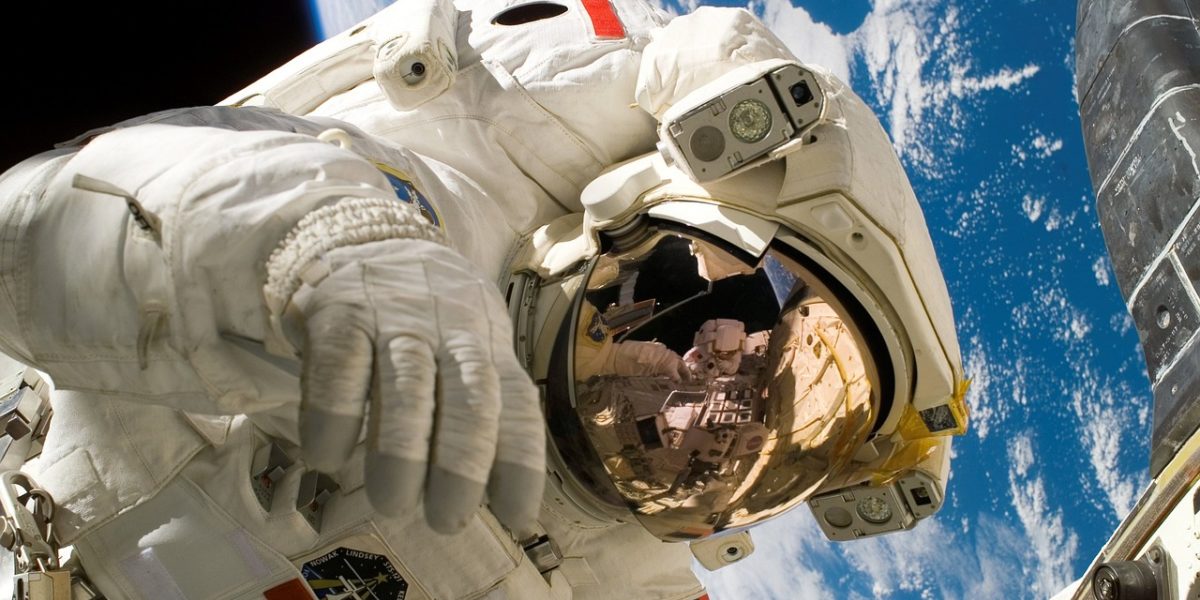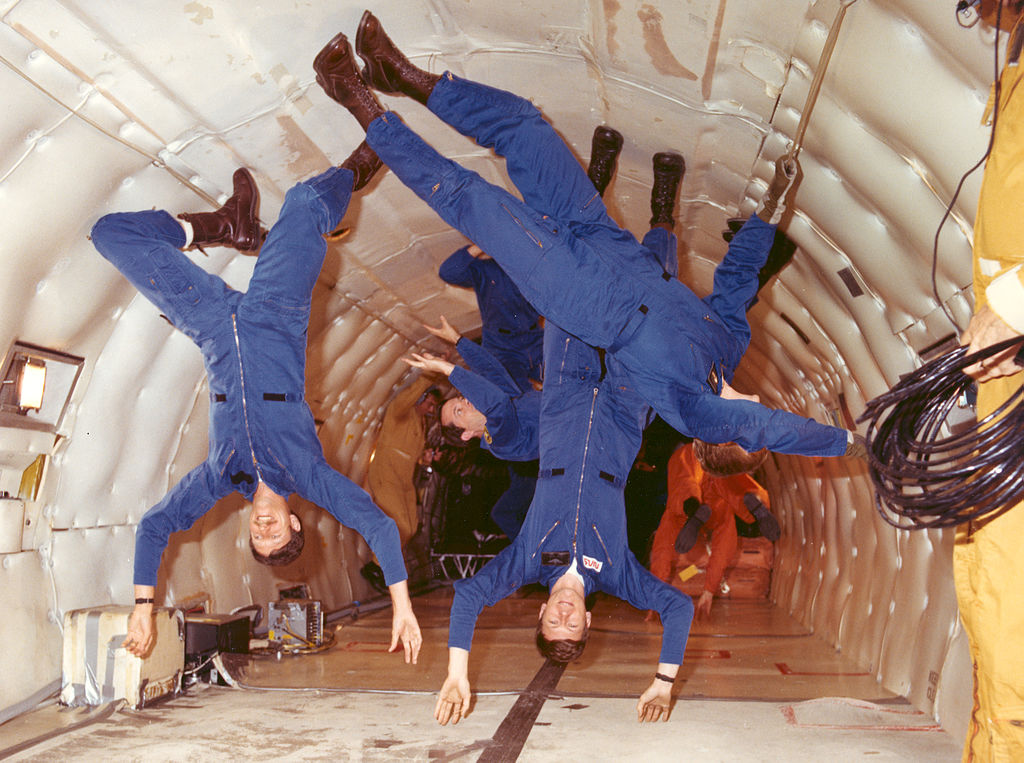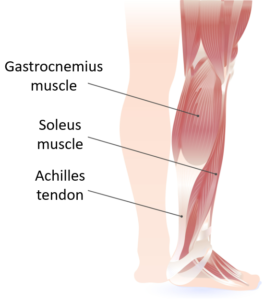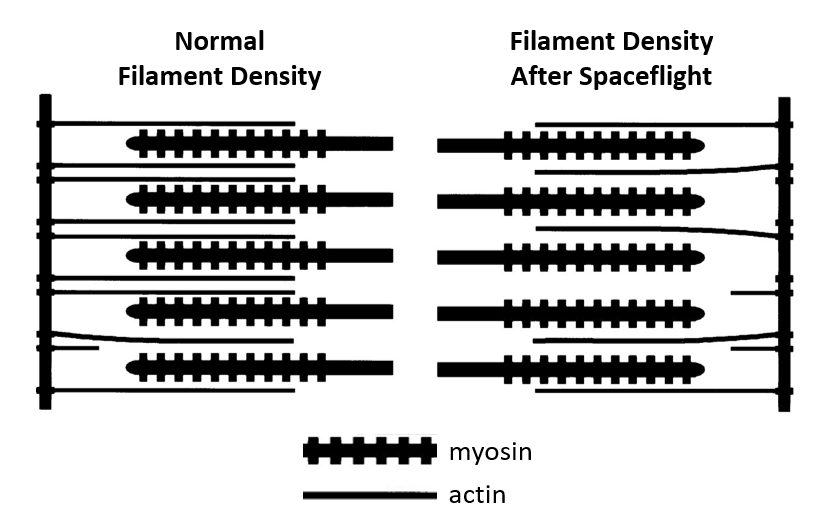We have entered an era of renewed excitement regarding human space travel. The international community has lofty goals for the future of human spaceflight: returning to the Moon, sending crewed missions to Mars and other planets, and even colonizing space to save the human race when Earth is no longer habitable. These goals are beyond exciting, but before we can safely accomplish any of them, we must understand the biological consequences of space travel. For instance, it is well documented that space travel causes muscle atrophy, or deterioration. What causes this atrophy, and can how it be prevented?
Most of us are familiar with the notion that without regularly working our muscles, they will become weaker over time, or begin to atrophy. A similar occurrence happens due to extended exposure to outer space. During space travel, astronauts are in a microgravity environment, which refers to the “weightlessness” that is experienced in space due to the lack of gravitational forces. Because of this environment, when astronauts are in space, their muscles do not have to support the typical forces that they do here on Earth, and they begin to weaken.
A study performed by Riley, et al. examined the effects of a 17-day spaceflight on the muscles of 4 astronauts. Specifically, changes in the muscle fibers of the soleus, which is one of the muscles in the calf, were analyzed. The researchers found that after spaceflight, the cross-sectional area of the muscle fibers decreased by 15%. Interestingly, the density of the thick filaments in the muscle fibers, known as myosin, did not change, but the density of the thin filaments, known as actin, decreased by 26%. Because of this decrease in thin filament density, there were less filaments making up the muscle fibers, and in turn, the stress on each filament increased by approximately 30% for a given load. This increase in stress causes weakened muscle fibers and makes the muscles more susceptible to potential injury or damage.
The exact mechanism behind these structural changes in muscles is unknown. However, a study by Stein, et al. found that the unloading that occurs during long durations of spaceflight causes a 45% reduction in protein synthesis, and it is believed that this could be the primary driver of microgravity-induced muscle atrophy.
Understanding the biological implications of extended exposure to a microgravity environment is of upmost importance for the development of countermeasures to prevent or reverse these effects and make space travel safer for humans. In-flight exercise is one of the most promising ways to mitigate the deterioration of muscles. An in-depth evaluation of the exercise routine of 9 astronauts on the International Space Station found that while the current exercise program did not fully protect muscles, astronauts who exercised more experienced less muscle atrophy. In addition to exercise, pharmaceutical approaches to preventing atrophy are also being explored. In a 2020 study, Smith, et al. treated mice with an antibody that inhibited myostatin, a protein that restricts the growth of muscles. Initial results revealed that the mice treated with the antibody before flying in space did not experience significant decreases in muscle strength or volume.
Further research will need to be performed to fully understand the mechanisms of muscle atrophy during spaceflight and in turn facilitate the development of more effective countermeasures. The sky – or rather the universe – is the limit when it comes to human space travel, but ensuring the safety of these endeavors for humans will rely heavily on the field of biomechanics.
Featured image by WikiImages from Pixabay




